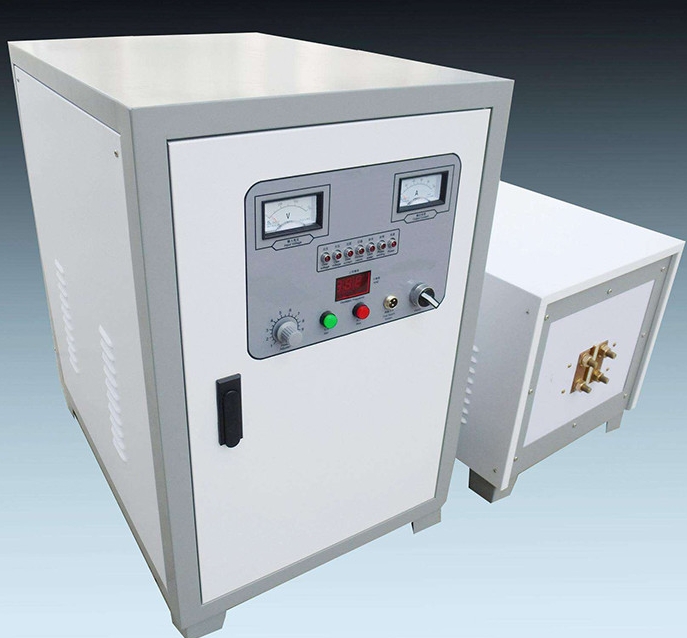- 09
- Nov
What should I know before using induction heating equipment?
What should I know before using inductieverhitting apparatuur?
The induction heating quenching inductor is the key heating element that applies the eddy current principle to complete the surface quenching and strengthen the appearance of parts. There are many types of well-evaluated induction heating equipment for surface heating parts, and the shapes are very different, so the design of the sensor is in various forms. Generally, the diameter, height, cross-sectional shape, cooling water path and spraying of the inductor are mainly considered for the size of the inductor. Water hole, etc., what should you know before using induction heating equipment?
1. The diameter of the sensor
The shape of the induction heating inductor is affirmed according to the outer contour of the heating part. It is required that there must be a certain gap between the induction coil and the part and there must be an even difference. It should be noted that in order to deal with the ring effect of the inner hole heating, ferrite (high-frequency hardening) or silicon steel (medium-frequency hardening) sheets can be clamped on the induction coil to make a gate-shaped magnet. The current flows along the gap of the magnet (induction coil). The outer layer) flows through.
2. The height of the sensor
The height of the induction heating inductor is mainly determined by the power of the heating equipment, the diameter of the workpiece and the certain specific power. For the heating of short shaft parts, the height of the induction coil should be less than the height of the parts in order to avoid overheating of sharp corners. The height of the induction coil for induction heating when the long shaft parts are heated and partly cooled is greater than the length of the required quenching zone. When the height of the single-turn induction coil is too high, the surface heating of the workpiece is uneven, and the middle temperature is much higher than the temperature on both sides. The higher the frequency, the more obvious, so double-turn or multi-turn induction coils are used instead.
3. The cross-sectional shape of the induction coil
The cross-sectional shape of the induction coil for induction heating is more, such as round, square, rectangular, plate type (externally welded cooling water pipe), etc. When the quenching area is the same, it is bent into a rectangular cross-section induction coil to save material, and the heat-permeable layer is average, and the circular cross-section is poor, but it is easy to be bent. The selected materials are mostly brass tubes or copper tubes, and the high frequency induction coil for induction heating has a thicker wall.

